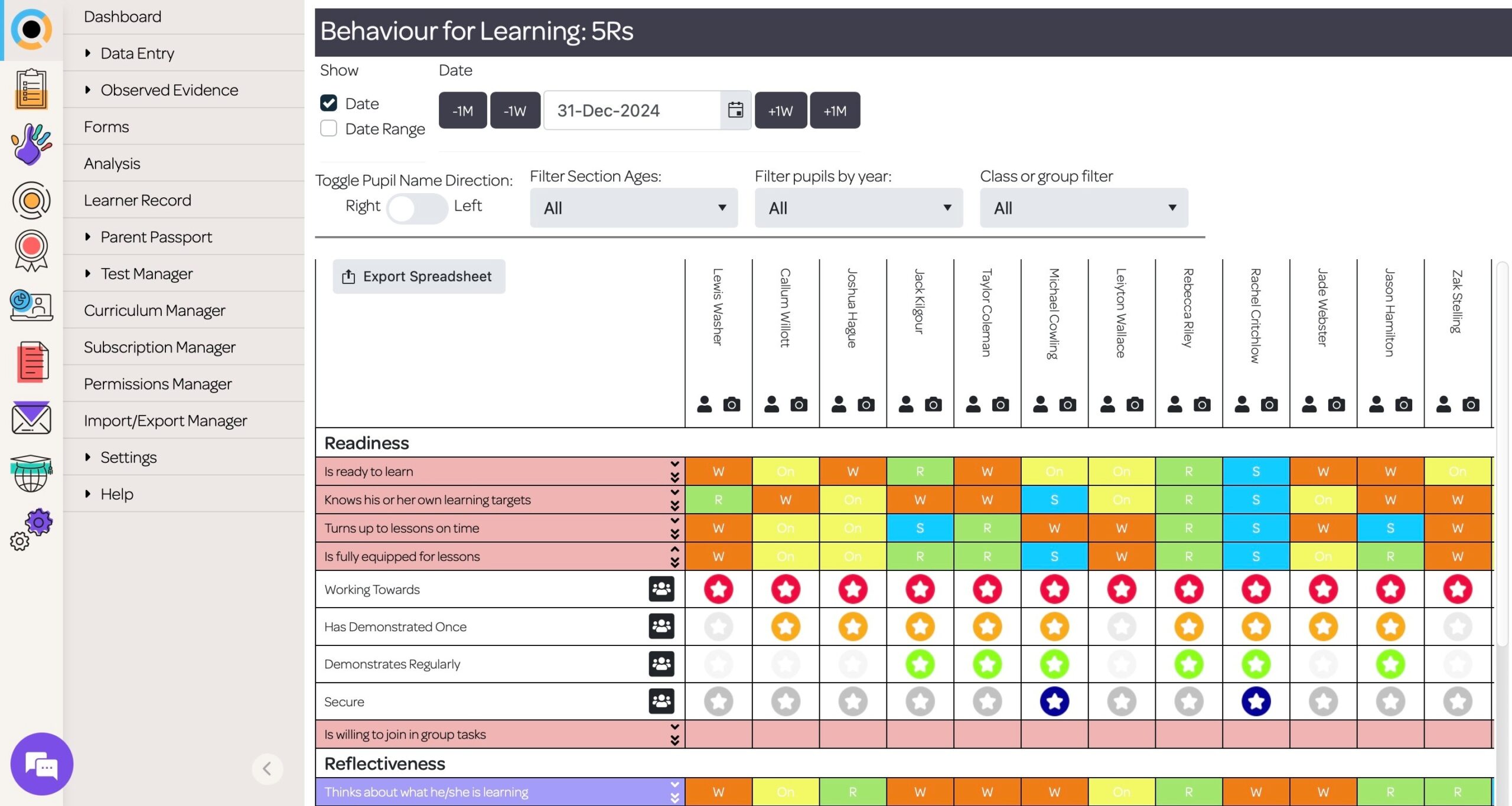(3 minute read)

One of the TES’s top stories of 2024, was an interview with educational consultant, and author, Bill Rogers. The interview covered a number of interesting issues around behaviour in schools, from family trauma, the language of leadership and restorative conversations to the impact of the Covid pandemic on pupil behaviour. Not everyone will agree with the approach Rogers takes to behaviour management in the classroom but this interview does highlight some key issues for senior managers.
Behaviour Management: Key Issues
- Behaviour leadership is thoughtful and respectful
- The language teachers use to talk about behaviour matters
- Quality relationships are built through the quality of teaching and the quality of leadership
- Pupils need to be aware of the impact of their behaviour on others
- When pupils take responsibility for their behaviour, they are more likely to be more consciously aware of their learning
- Schools should be a safe place for all pupils
- Best practice includes a whole-school approach to behaviour
What Behaviours are Needed for Learning?
The Government published guidance on behaviour in 2024. This guidance states that: “A behaviour curriculum defines the expected behaviours in school, rather than only a list of prohibited behaviours. It is centred on what successful behaviour looks like and defines it clearly for all parties.” This includes acknowledging good behaviour. It is also the case that “schools need to manage pupil behaviour effectively, whether or not the pupil has underlying needs.” A whole-school approach is needed that meets the needs of all pupils, including those with SEND. “Schools with good behaviour cultures will create calm environments which will benefit pupils with SEND, enabling them to learn.”
Expectations of behaviour need to be clearly communicated, consistent and fair. Routines and expected behaviours in a school are what enable pupils to learn and to be ready to learn. The Teacher Standards ensure that teachers plan well-structured lessons and are accountable for pupils’ outcomes and progress. Part of that is about managing behaviour effectively so that there is a safe learning environment for all. This means having high expectations of behaviour in the classroom, and around the school, using the school behaviour policy. Teachers must “establish a framework for discipline with a range of strategies, using praise, sanctions and rewards consistently and fairly.”
How Educater Can Support Behaviour Management?
One way in which schools can try to ensure that a whole-school behaviour policy is being used consistently and is positively impacting pupil learning is to track pupil behaviour. This can be done in Educater Envision by adding an additional aspect column to any other curriculum. By doing this a behaviour grade can be viewed within the tracking of an academic curriculum. Small descriptors that reflect behaviour targets can also be added to any academic curriculum. If schools want to look at behaviour in more detail, they might choose to create a separate behaviour curriculum unique to their school value system and cohort. This would enable them to track particular behaviours using bespoke language and levels.
Conclusion
Behaviour and learning are inextricably linked. This means it is important to track behaviour and attitudes in the classroom as well as academic progress. By tracking behaviour, in the same way as any other curriculum, schools can compare behaviour for learning across year groups, classes or a particular cohort. Educater allows schools to do this in an easy and bespoke way. Narrative evidence can be added and easily viewed. Behaviour can also be linked to assessment descriptors, thus linking behaviour and learning to create a record of its impact on learning progress.
Book your free demo here: Educater Envision











